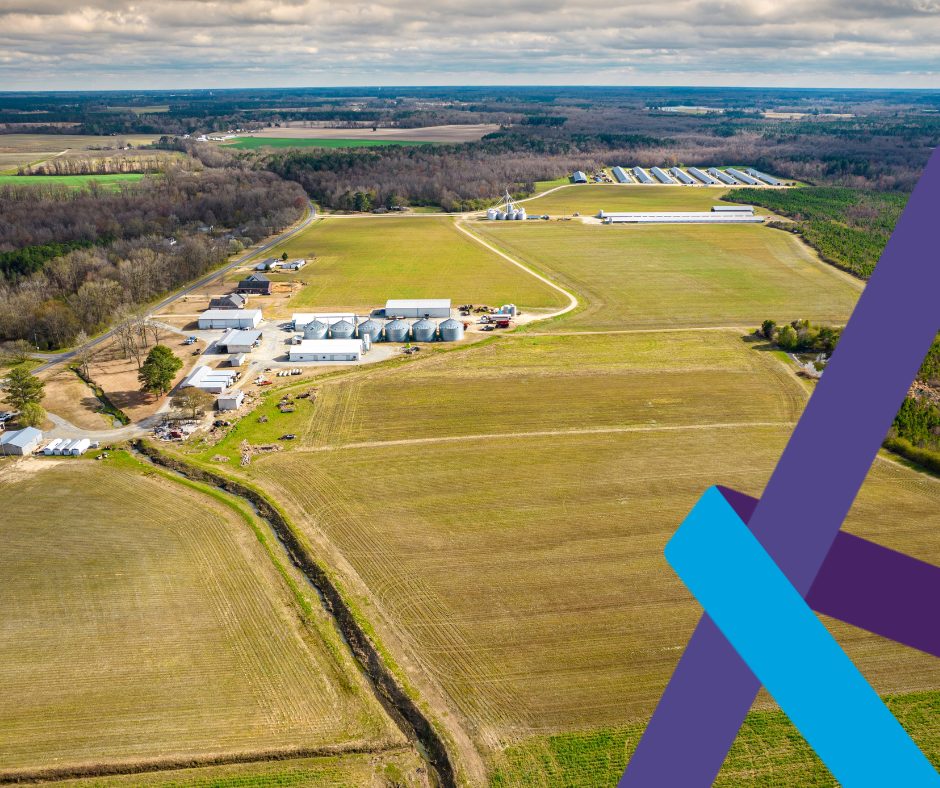Health & Safety for Farming and Agriculture

Agriculture is the backbone of the UK, providing food for the nation and supporting rural communities. But while its contributions are immeasurable, farming remains one of the most hazardous industries. In 2023/24 there were 23 fatal injuries to workers, slightly below the previous five-year average of 24 per year. In addition, last year there were 4 fatal injuries to members of the public. You can review the latest statistics from HSE by clicking here: HSE Statistics
Farmers and farmworkers face daily risks—from powerful machinery and unpredictable livestock to chemical exposure and extreme weather. These hazards can result in life-changing injuries, long-term illnesses, and as the statistics show – too many fatalities. Families are left devastated, productivity stalls, and businesses suffer from reputational damage and financial losses.
A safe working environment isn’t just about ticking legal boxes—it’s a foundation for a sustainable and successful farming business. Good farmers understand that protecting their workers, families, and livelihoods isn’t an optional extra; it’s essential.
Armour have worked closely with this sector for years, helping businesses to create safer working environments, protect their teams, and reduce risks. Drawing on this experience, we’ve developed practical strategies to tackle the unique challenges of health and safety in agriculture.
Drawing on our experience in the sector, we know that the most significant risks on farms fall into familiar categories:
- Transport-related injuries – being struck by moving vehicles is a leading cause of fatalities.
- Falls from height – during activities including roof repairs, silo access, and haystack management often lack proper precautions.
- Machinery accidents – unguarded or poorly maintained equipment poses constant dangers.
- Animal handling – livestock injuries are common but preventable with the right systems in place.
- Chemical exposure – from pesticides, fertilisers, and cleaning agents, all can cause long-term health issues.
- Slips, trips, and falls on the same level – the most common cause of non-fatal injuries, often caused by contaminated or damaged floors, insufficient lighting, or cabling.
Our experience has taught us that addressing these risks requires more than just compliance—it takes tailored, practical solutions that work with the unique demands of farm life.
With health and safety challenges evolving every day, we believe in keeping things simple, actionable, and relevant to the realities of farming. Here are our top recommendations to help agricultural businesses protect their teams and thrive:
- Make risk assessments routine – many farms don’t review risks until something goes wrong. Don’t wait—conduct relevant, regular risk assessments. If you’re not sure where to start, you can check out the resources from the HSE (link here), or you can work with a trusted partner (like us!) with a proven track record for a tailored approach. Click this link to get in touch to discuss your requirements and how we can support.
- Prioritise training and supervision – Agriculture often relies on seasonal workers, young employees, or those new to farming. Providing clear, hands-on training is essential, and make sure to keep supervision tight until you’re confident your team is competent.
- Control lone working – working alone is a reality of farming life, but it can be dangerous. A solid lone worker policy ensures help is never far away.
- Build a safety-first culture – encourage open communication about safety. This isn’t about creating fear—it’s about building awareness. If something doesn’t feel right, your team should feel empowered to speak up.
- Don’t overlook health risks – farming takes a toll on the body. Back injuries, respiratory problems, and even zoonoses (diseases passed from animals to humans) are common. Simple measures like ergonomic work practices, protective equipment, and regular health monitoring go a long way.
- Prepare for emergencies – we’ve seen farms recover quickly from incidents thanks to preparation and communication. Have clear procedures for emergencies; when your team knows what to do, panic is replaced with action.
- Take care of equipment – machinery-related incidents are one of the biggest threats to farm safety. Regular inspections and maintenance can prevent accidents, and extend the life of expensive equipment at the same time.
At Armour, we’ve seen first-hand how proactive safety management can transform farming businesses. By identifying potential risks before they become incidents, we help farms not only meet their legal obligations but also create a culture of care and responsibility that drives long-term success.
Farming may always carry risks, but those risks can be managed. The key lies in practical, tailored solutions and a commitment to doing things the right way—not just for compliance, but because it’s the right thing to do for your team and your business.
Our content is correct at the date of publishing, but should not be taken as legal advice, and our articles don’t replace Risk Assessments. Armour will not be held accountable for any legal actions the reader may take.

